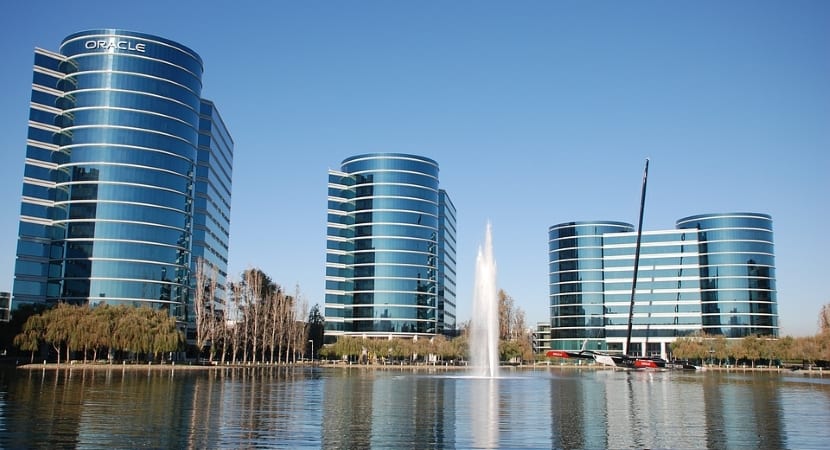
In today's economic world, and with increasing frequency, companies tend to clump together and create groups, clusters and / or associations with other companies or institutions. Usually, due to the strategic nature of these practices, companies they belong to or carry out their activity in the same field directly or indirectly, or the same geographical area. This phenomenon is nicknamed business cluster.
A cluster exists and is made so that companies can cooperate in developing, producing or offering services that individually could not. On other occasions, they pursue an economic benefit, or access to databases, etc. Depending on the type of company it is, the reason for the alliance will be different. In addition, they can include in their ranks universities, research centers and foundations that allow them to innovate while financing the same centers. We are going to talk about all this today, clusters as a strategy in the business world.
What objectives and benefits are achieved in the clusters?
Clusters have as their main the ability to affect competition. Its creation, which is not always a guarantee of success (contrary to what is often believed), has as its main effect the improvement of its services, due to the coverage and stability offered by cooperation between companies.
We find an increase in productivity among the main benefits. Then more constant innovation and stimulation of companies within a field. At the same time, behaviors that could be opportunistic are reduced, and the pressure for coordination within companies is increased.
Types of business clusters
Each company, each sector, each area, always encompass different objectives or ways of doing things. As we have seen previously, clusters are born from the need to collaborate with other nearby companies to achieve better results. Depending on the type of proximity or disposition, we find different clusters that would be the following.
Regional clusters
In these cases, companies cooperate with each other, due to the closeness they maintain. It is not essential that they belong to the same sector. For example, we can find companies that collaborate with institutions, municipalities, financial entities, in which due to their proximity, they can maintain an alliance that benefits both. From here, they can carry out a common project, or have the services that the other or other companies offer.

Sector Clusters
Companies that belong to the same sector and decide to associate to collaborate with each other in the market to which they are dedicated. For example, software companies that collaborate with others in the development of robotics.
The sectoral clusters cover a broader range of possibilities related to the field in which companies are engaged, since their activity is related to each other. In this group, then, we find two large types that we could differentiate according to the level or link of the chain they occupy:
- Vertically integrated cluster: In these the Industries are linked according to their level in the supply chain. For example, we could find a paper mill that produces paper from recycling it or trees, which cooperates as a supplier with a publishing house, where this in turn distributes its books to certain firms or stores. We could find more complex with the automotive industry, from cooperation for development and technological improvements, car sales, suppliers of raw materials, etc.
- Horizontally integrated cluster: Industries that they share the same type of customers, products or services, similar raw materials, etc. What is sometimes called in some places, "spreading the cake."
Sectoral clusters, apart from how they are integrated, are divided according to the type of relationship they maintain between them. As we have explained, the interests may vary depending on the particular situation in which the companies find themselves.

Technology cluster
Knowledge is power, and the technology sector is the one that gets the most potential from this. They usually work with universities and research centers, where their financing makes them work, and in return they provide them with new improvements and innovations so that their products continue to evolve.
Value chain cluster
Have you heard about local products? Then you can get an idea. These are industries that for its proximity It is profitable for them to buy and sell their products or services, in addition to being close to potential customers.
Industrial cluster
It is the type intended to improve the competition that companies may have. Trying benefit from the business symbiosis that may arise, such as lowering costs, ensuring sales, improving production, etc. It is the most common, and one of those that can cover the most field. They can be done between companies, institutions, organizations and we find them in almost all sectors. Mining and oil, automotive, textile industry, agriculture, logistics, and any where one company needs another to function.

Cluster of «factorial endowment»
These groupings are focused on the existence of comparative advantages. They can be related to specific geographic elements of an area. For example, the salmon industry in Chile.
Historical know-how cluster
There are companies engaged in traditional activities for many years where the ways of doing and developing are very specific. In some cases, they are centuries old industries, such as certain handicrafts. Given their exceptional nature, it is often essential to create clusters to optimize and secure their position.
Examples of famous clusters
- Silicon Valley: In the 90s, successful companies in the world of technology emerged in this part of California. This led to anyone who wanted to open a company, choosing this place. Venture capital funds relocated or expanded in Silicon Valley, attracting the interest of many entrepreneurs to open their new businesses there. All this effect caused the call of jobs, in which many engineers, programmers and computer scientists, found that they would have a better chance of finding a good job there. All this feedback spiral led Silicon Valley to be the quintessential cluster in the world of technology.
- Hollywood: The film industry and film studios. We all know it, for being a reference that so many good films have come out of there.
- Madrid Network: Network of companies of the community of Madrid.
- TheCity: The huge sector that brings together companies from the financial sector in London.

Conclusions
Having the opportunity and thinking about belonging to a cluster is a great decision, which will potentially bring benefits for our company. However, not by belonging to it and relaxing, it is all done. Belonging to one also implies the effort and value that the company can add, improving competitiveness as we have seen. Sometimes clusters are created solely for tax purposes, as favors, or because it is believed that by connecting certain companies, they will already offer advantages.
Like everything, they are decisions to be analyzed, and not only see how we can fit in, but how we fit in.